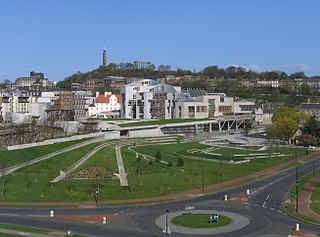The year 1902 in architecture involved some significant events.
The year 1863 in architecture involved some significant architectural events and new buildings.
The year 1900 in architecture involved some significant events.
The year 1876 in architecture involved some significant architectural events and new buildings.
The year 1936 in architecture involved some significant events.
The year 1849 in architecture involved some significant events.
The year 1814 in architecture involved some significant events.
The year 1823 in architecture involved some significant events.
The year 1832 in architecture involved some significant architectural events and new buildings.
The year 1822 in architecture involved some significant events.
The year 1858 in architecture involved some significant events.
The year 1817 in architecture involved some significant events.
The year 1789 in architecture involved some significant events.
The year 1857 in architecture involved some significant events.
The year 1872 in architecture involved some significant architectural events and new buildings.
The year 1831 in architecture involved some significant events.
The year 1818 in architecture involved some significant events.
The year 1824 in architecture involved some significant events.

The architecture of Scotland includes all human building within the modern borders of Scotland, from the Neolithic era to the present day. The earliest surviving houses go back around 9500 years, and the first villages 6000 years: Skara Brae on the Mainland of Orkney being the earliest preserved example in Europe. Crannogs, roundhouses, each built on an artificial island, date from the Bronze Age and stone buildings called Atlantic roundhouses and larger earthwork hill forts from the Iron Age. The arrival of the Romans from about 71 AD led to the creation of forts like that at Trimontium, and a continuous fortification between the Firth of Forth and the Firth of Clyde known as the Antonine Wall, built in the second century AD. Beyond Roman influence, there is evidence of wheelhouses and underground souterrains. After the departure of the Romans there were a series of nucleated hill forts, often utilising major geographical features, as at Dunadd and Dunbarton.


